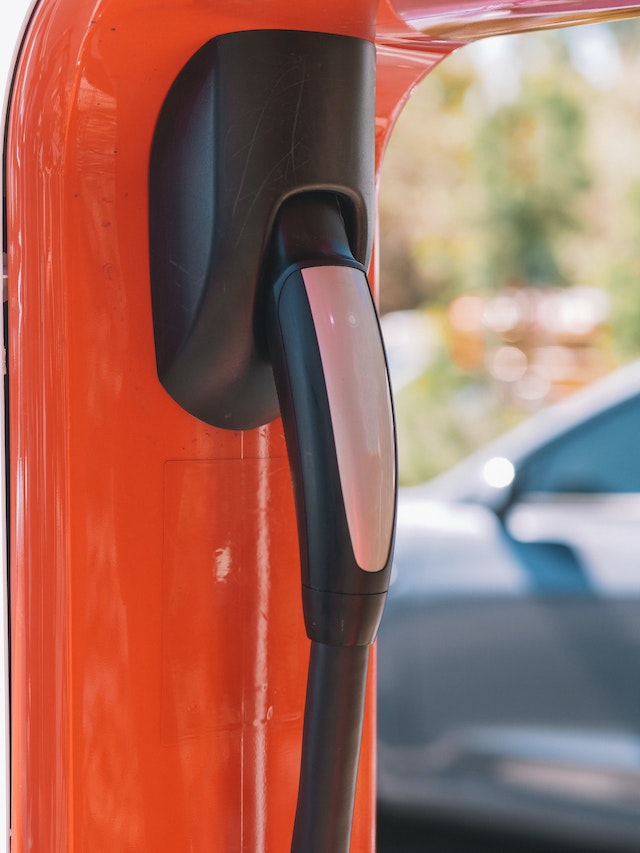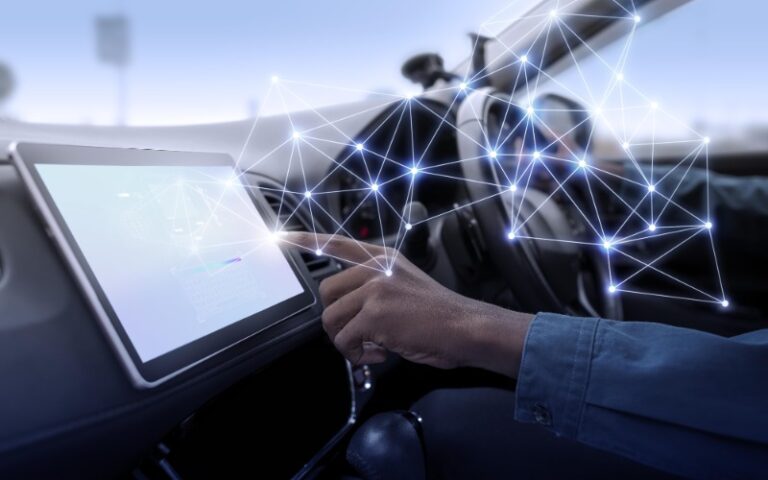
[ad_1]
The automotive business is making great developments in expertise after the electrical car buzz. Now, it’s all about solar-powered vehicles. Revolutionizing the automotive business, LightYear solar-powered vehicles are paving the way in which towards a greener and extra sustainable future.
These revolutionary automobiles harness the ability of the solar to propel us ahead into an period of eco-friendly mobility and vitality independence. These cutting-edge automobiles mix superior photo voltaic expertise with electrical mobility to create a clear, environment friendly, and eco-friendly mode of transportation.
Engineers at LightYear have developed superior photo voltaic panels with enhanced effectivity built-in into the car’s physique. Photo voltaic cells seize daylight and convert it into electrical energy — the important thing to this innovation is channeling the ability to the automotive’s electrical drivetrain and charging the battery because the automotive is pushed.
The LightYear 0, previously often known as LightYear One, is the primary production-ready solar-powered car with important technological development. By supplementing an already confirmed electrical battery with photo voltaic vitality, LightYear vehicles present spectacular ranges that rival their conventional counterparts. The mix of solar energy and regenerative braking ensures each little bit of vitality is captured and utilized to its fullest potential. Along with solar-powered cells, their light-weight design and aerodynamics additional improve their effectivity, enabling them to go the additional mile with out worrying about charging stations.
LightYear Photo voltaic Panels
Let’s dive a little bit deeper into the photo voltaic panels utilized by LightYear 0. Photo voltaic panels are product of monocrystalline silicon, which is essentially the most environment friendly sort of photo voltaic cell. Panels are very light-weight which improves their effectivity.
With the mix of various elements together with the automotive’s aerodynamic form and light-weight design, LightYear 0 achieved a drag coefficient of 0.19, which is among the many lowest of any manufacturing automotive out there. It is extremely aerodynamic and may journey lengthy distances with minimal vitality consumption. That is going to be a boon for the long run with vitality shortage.
Charging and Vary
What issues most prospects is how usually a solar-powered car needs to be charged. The LightYear 0 has a spread of 388 miles with a single cost. Its photo voltaic panels on the roof and hood can generate about 43 miles per day in superb situations.
It has a battery pack with 60KWh capability. It is a comparatively small battery pack in comparison with any electrical vehicles which can be in manufacturing, however it’s enough for the Lightyear 0’s vary. It’s geared up with 4 independently managed in-wheel motors, permitting the automotive to distribute energy extra effectively and enhance its dealing with.
With such expertise and a spacious inside, the automotive’s MSRP is round $263,000. Regardless of its excessive value, the Lightyear 0 is a promising step towards the way forward for solar-powered vehicles. Because the expertise continues to develop, and with mass manufacturing, the price of photo voltaic panels will seemingly come down.


Challenges for Mass Adoption
Earlier than it turns into extra inexpensive and has a serious impression on the way forward for transportation some challenges have to be overcome. The price of photo voltaic panels is a big contributor to solar-powered car costs. Everyone knows with authorities subsidies photo voltaic panel prices have been declining in recent times. Let’s hope it continues to say no and make solar-powered vehicles extra inexpensive.
The present vary may be first rate, however photo voltaic panel effectivity must be improved to draw and turn out to be mainstream. Because the effectivity of photo voltaic panels improves, solar-powered vehicles will be capable to generate extra electrical energy from daylight, which is able to improve their vary and make prospects much less involved about charging.
As extra individuals begin utilizing photo voltaic panels, the supply of daylight must be taken into consideration. It’s apparent that the supply of daylight varies relying on the situation, in some locations there’s lots of daylight all year long whereas in different places there’s much less daylight for a number of months. This implies the vary of journey for solar-powered vehicles will range relying on the situation by which you drive.
There may be at present an absence of infrastructure for charging solar-powered vehicles. Electrical charging stations are being developed however infrastructure for charging solar-powered vehicles must be developed. Which means solar-powered automotive house owners will want to have the ability to cost their vehicles at dwelling or public charging stations. This can be a big problem to proudly owning a solar-powered automotive with out infrastructure improvement.
Will these challenges crush the dream of solar-powered transportation? In all probability not. If these hurdles could be overcome, solar-powered vehicles may have a serious impression on future transportation and turn out to be mainstream.
LightYear’s dedication to pushing technological boundaries is obvious proof that they’re pursuing having a few of the first solar-powered vehicles on the street. This improvement not solely propels inexperienced renewable vitality and electrical automobiles however will encourage different industries to undertake sustainable practices to indicate their presence out there.
[ad_2]
Supply hyperlink







